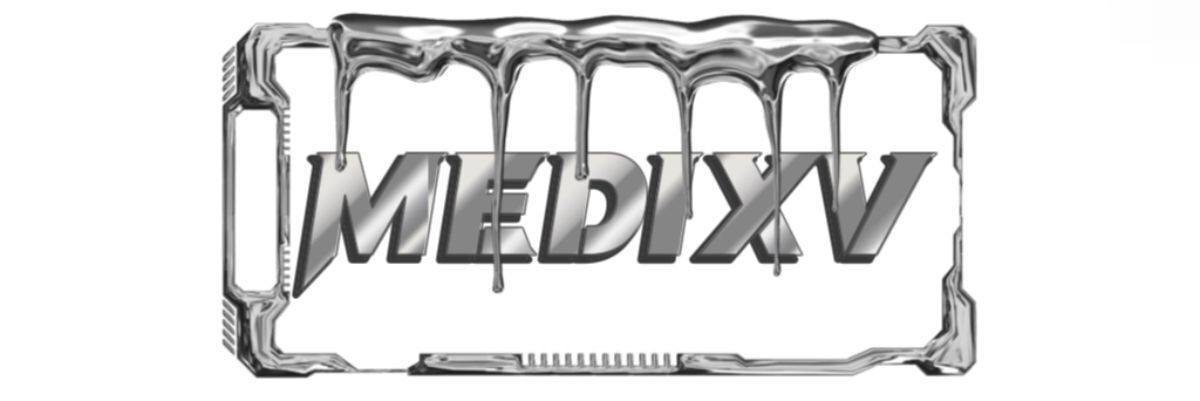Is Your Artificial Turf Backing Contributing to Performance Issues?
You will get efficient and thoughtful service from HAOZE.
Understanding Artificial Turf Backing
Artificial turf backing plays a crucial role in the overall performance of synthetic grass systems. It not only provides support to the fibers but also impacts drainage, stability, and durability. Understanding how different types of backing materials can affect the turf's performance is essential for maintaining an optimal playing surface.
Types of Artificial Turf Backing
There are primarily two types of backing used in artificial turf: urethane and latex. Urethane backing is known for its superior durability and flexibility, providing resistance to wear and tear. On the other hand, latex backing is often less expensive and can be effective for residential applications but may lead to performance issues in high-traffic areas.
Drainage Concerns
One of the most significant factors influenced by turf backing is drainage. Proper drainage is essential to prevent water pooling, which can lead to the growth of mold and mildew, ultimately degrading the performance of the turf. Urethane-backed systems typically feature superior drainage capabilities, ensuring that water flows freely through the turf, whereas latex-backed systems may struggle with drainage, causing potential performance issues.
Stability and Performance
Another performance-related aspect of turf backing is its stability under varying conditions. High-quality urethane backing maintains its shape and structure even under heavy loads, making it suitable for sports fields that experience significant foot traffic. In contrast, lower-grade latex backings can stretch and distort, resulting in surface irregularities that affect gameplay.
Impact on Player Safety
The choice of artificial turf backing can directly influence player safety. Turf systems with inadequate backing may lead to increased risk of injuries due to uneven playing surfaces. Ensuring that you choose a backing that offers both stability and cushioning is crucial for minimizing the risk of accidents during play.
Identifying Performance Issues
- Uneven Surface: Check for any irregularities in the turf. These can be indicative of poor backing material that lacks stability.
- Poor Drainage: Inspect for water pooling after rainfall; this can reveal issues with the backing's drainage capabilities.
- Increased Wear: Look for signs of wear and tear that might suggest the backing material is not robust enough for the intended use.
Choosing the Right Backing
When investing in artificial turf, it’s essential to choose a backing system that aligns with your specific needs, whether for sports, recreational purposes, or landscaping. Prioritize options with proven durability and performance, such as urethane backing, especially for high-traffic areas.
Maintaining Your Artificial Turf
Regular maintenance can enhance the longevity and performance of your artificial turf. This includes proper cleaning, checking for drainage issues, and ensuring that the backing remains intact. Investing in quality turf and understanding its backing will lead to fewer performance issues and a safer playing environment.
Conclusion
Ultimately, the backing of your artificial turf significantly impacts its overall performance. By understanding the different types of backing and their implications, you can make informed decisions that will enhance your turf's longevity, performance, and safety.
If you are looking for more details, kindly visit Artificial Turf Backings.

Comments
0